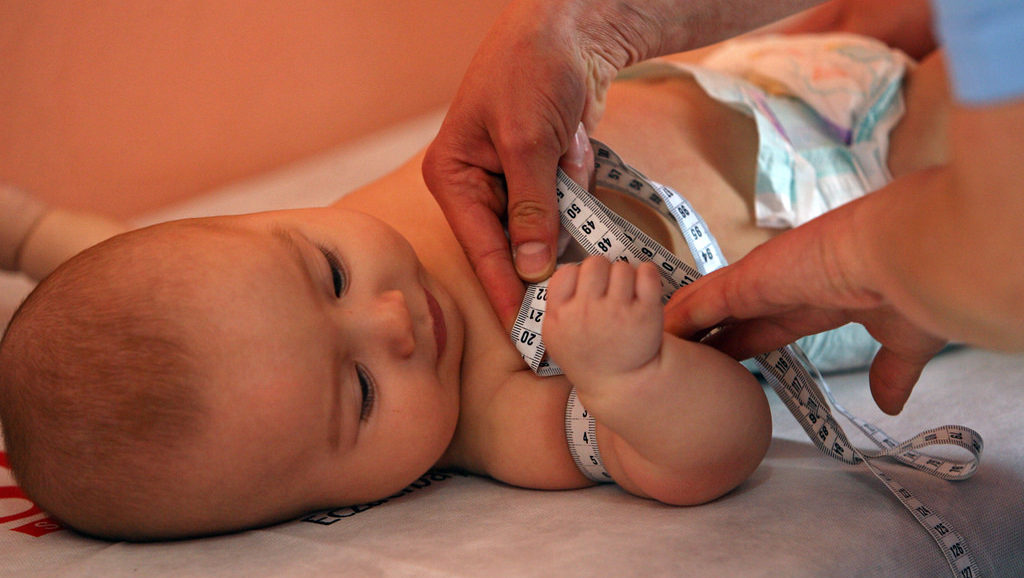Pediatric residents should be trained in contraceptive use so they can provide better care for their patients by reducing unplanned pregnancies, two Stanford physicians say in an editorial published in The Journal of Pediatrics.
Lee Trope, MD, a clinical instructor of pediatrics, and Jayme Congdon, MD, a resident in pediatrics, write that teenagers who are at risk for unwanted pregnancy would benefit from the service. And by addressing family planning options with mothers of any age, they could also help children whose well-being might be affected by an unanticipated sibling, they say.
According to the Center for Disease Control and Prevention, half of pregnancies in the U.S. and nearly all teen pregnancies are unplanned, resulting from the lack or inconsistent use of contraceptives. Unlike other methods, long-acting reversible contraceptives such as IUDs and contraceptive implants have less than a 1 percent failure rate. “Although these are the American Academy of Pediatrics’ first-line recommended contraceptive for adolescents, pediatricians are not trained to insert them,” Congdon told me.
But if patients are referred to family planning clinics or gynecologists for contraceptives, they may not make it there, Trope said. Asking an adolescent to go to another appointment, with someone they don’t know, in an unfamiliar place is sometimes asking too much. Patients can also get pregnant while waiting for an appointment. The same could be said of any new moms, she said.
Pediatricians have a lot of face time with mothers, and the authors believe this relationship presents a unique opportunity to address family planning and contraception. Unplanned pregnancy in and of itself is associated with poor birth outcomes, Trope said, but risks increase when pregnancies are spaced less than 18 months apart. “That’s not even considering the social and economic consequences — and stress — for someone who wasn’t planning on having another child,” she said.
To investigate feasibility of their idea, Congdon and Trope asked new mothers and pediatricians in a county health care system how they would feel speaking with each other about birth control. They presented the initial findings at the Pediatric Academic Societies’ annual meeting in Toronto in May.
For the most part, they said they found that mothers felt comfortable with the idea and saw some benefits: the pediatrician is someone they already know and it’s convenient since they are there so much. Other participants, however, said they didn’t see the connection between the health of their child and their pregnancy plans, and said they would rather talk with their pediatrician about issues more directly related to their child’s health.
“A waiting room questionnaire asking whether a mom is planning to get pregnant in the next year would open the opportunity for discussion,” Congdon said. At a minimum, pediatricians should be able to educate women on issues of family planning, including birth spacing and contraceptive options, she said. “And if it’s a teen mom who wants it, of course we should feel comfortable providing contraception."
Some pediatricians the authors spoke with were resistant to trying to pick up a new skill. But Congdon says she expects pediatric resident training in family planning skills will gain traction over time.
“Since unintended pregnancy is still such a huge problem in this country, if we want to make a dent in it, we need to think of some of these outside-the-box solutions,” Trope said.
They said that a similar concept has been addressed before. For example, some pediatricians offer immunizations to parents to protect their children. They also screen moms for postpartum depression, which can have dire consequences on children.
“Initially, there was a lot of resistance by pediatricians because they felt like it was outside the scope of our practice but now, these practices are universally accepted,” Congdon said. “We should be addressing anything that stands to have an impact on our patients' well-being.”
Photo by Simone D. McCourtie / World Bank




